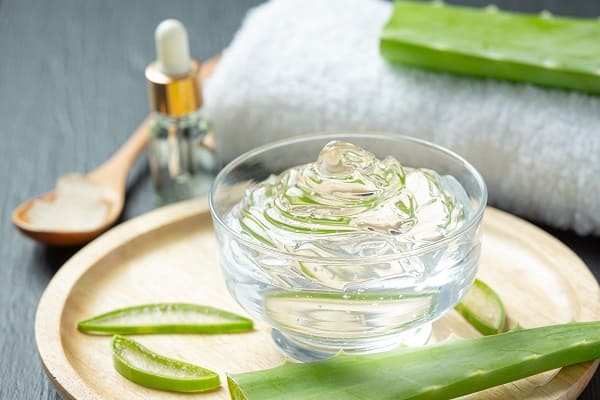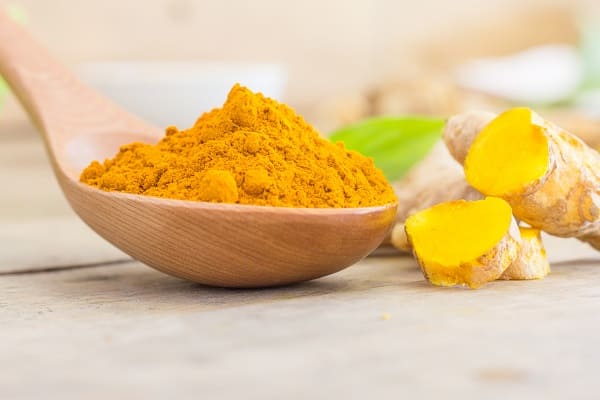Skin allergies can be frustrating, uncomfortable, and downright unpredictable. One moment your skin is fine, and the next, you’re dealing with red, itchy patches that won't feel to calm down. Whether it's a rash from pollen, a response to certain foods, or simply sensitive skin acting up, these allergic flare-ups can disrupt your day. But what if the result is not in a tube of cream or a tradition but rather a commodity as simple as oatmeal from your closet or an herbal plant sitting on your windows? In this comprehensive guide, we’ll explore some largely effective home remedies for skin allergies, and tried and true results that soothe bothered skin naturally and safely.
Ready to discover how to treat these flare-ups without stepping into a medical store? But be advised that some of these remedies might surprise you with their simplicity, while others will have you rushing to your kitchen containers. Keep reading for the ultimate guide to skin-soothing solutions! The magical remedies.
Book Consultation Now
Home Remedies for Skin Allergies
Let’s explore in detail some really effective yet safe home remedies for those disquieting skin allergies or rashes:
1. Oatmeal Baths

When the itching is unbearable, all you want is a commodity that soothes you, right? Well, have you ever thought about giving your skin a soothing oatmeal bath? Colloidal oatmeal, which is finely based on oats, creates a defensive barrier on the skin and has anti-inflammatory properties that can work wonders for allergic responses. Plus, it’s incredibly hydrating.
How to use: Mix a mug of colloidal oatmeal into lukewarm bath water and soak for about 15-20 minutes. You’ll feel your skin calming down immediately.
2. Aloe Vera Gel

Is there anything Aloe vera can’t do? When it comes to skin allergy treatment at home, aloe vera gel is the talk of the town. Known for its cooling and mending properties, it can reduce inflammation, soothe bothered skin, and indeed accelerate the recovery process.
How to use: Apply fresh aloe vera gel directly from the plant to the affected area and let it sit for about 20–30 minutes. Wash with cool water and reprise as necessary.
3. Coconut Oil

Coconut oil isn't just for cuisine! It’s filled with lauric acid that contains antimicrobial characteristics highly beneficial in the condition of rashes. Applying coconut oil to the skin affected by allergies not only soothes the itching but also safeguards the skin from further infection.
How to use: Take a mindful amount of virgin coconut oil on your palm, and you can directly use it to massage the affected area on the skin or simply leave it on the rashes to absorb and work its magic. The bonus? It can be used multiple times a day without any risk of further complications.
4. Turmeric

Turmeric is renowned for its anti-inflammatory and antibacterial properties, making it a brilliant home remedy for skin allergy itching. It’s been used in Ayurvedic treatments for centuries, and now modern exploration backs up its recovery capabilities.
How to use: Produce a paste by mixing turmeric with water (or honey for an additional soothing effect) and apply it directly to the affected areas. Leave it on for about 20 minutes and wash it off gently.
Book Consultation Now
5. Honey

Honey isn’t just a sweet treat; it’s also an important skin remedy. Known for its anti-inflammatory and antimicrobial properties, honey can give relief from skin rashes and allergies while also promoting healing.
How to use: Simply apply raw honey to the affected area, let it sit for 15–20 minutes, and wash off with lukewarm water. This can be repeated a couple of times a day until the symptoms subside.
6. Cold Compress

Many times, you don’t have the luxury of preparing a home remedy. That’s when a cold compress can come to your deliverance. It’s one of the simplest skin rash home remedies that provides nearly instant relief from itching and inflammation. The cold wave restricts blood inflow to the affected area, reducing redness and swellings.
How to use: Wrap some ice cells in a clean cloth or use a cold pack and place it on the rash for about 10–15 minutes. Applying ice directly to the skin can have adverse effects; it's rigorously advised to do a patch test or consult an expert for the application of ice on rashes.
7. Probiotics

Probiotics are known to boost gut health, but did you know they can also ameliorate skin conditions? Numerous skin allergies are linked to imbalances in the gut microbiome. By introducing probiotics, you’re helping to restore balance, which can in turn reduce flare-ups.
How to use: Incorporate probiotic-rich foods like yogurt, kefir, or fermented foods into your diet. This couldn't only help your skin but also ameliorate your overall health.
8. Apple Cider Ginger

Apple cider ginger (ACV) is another incredible remedy with endless benefits, and yes, it’s great for allergies too! Its acidity helps to balance the pH of your skin, while its antibacterial properties help infection.
How to use: Dilute ACV with an equal amount of water and apply it to the affected area using a cotton ball. Wash off after leaving it on for roughly 10–15 minutes. For better results, this can be repeated twice daily.
9. Baking soda

Baking soda solution can give quick relief from itching by balancing the skin’s pH. It also acts as a mild exfoliant, which can help remove allergens on the surface of the skin.
How to use: Mix baking soda with a little water to form a paste, apply it to the rash, and let it sit for 10–15 minutes. Wash off gently with cool water.
Summing it up
Next time a skin allergy threatens to ruin your day, you don’t need to panic or head straight for chemical-laden creams. These home remedies for skin allergies aren't only effective but also gentle on the skin. The most amazing part? You presumably have most of these ingredients lying around your home already.
So, which remedy will you try first the next time your skin decides to rebel?
Remember: If these symptoms persist, it's always strictly advised to consult a healthcare professional. Nature can work wonders, but occasionally advice from an expert might work as the missing piece of the riddle.
Book Consultation Now














.jpg)
